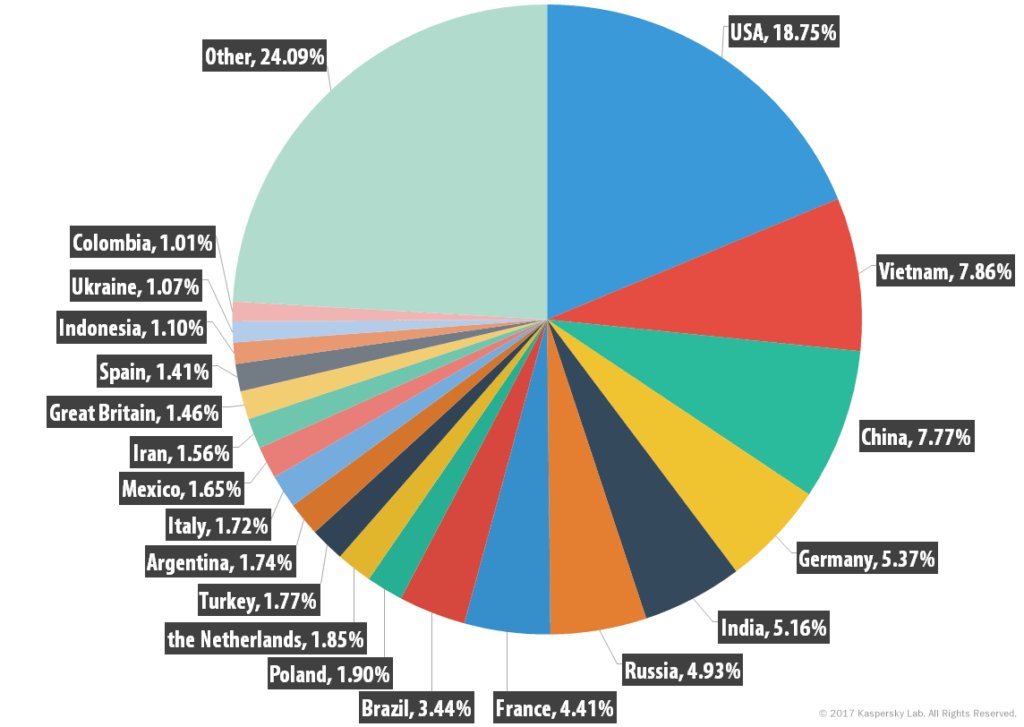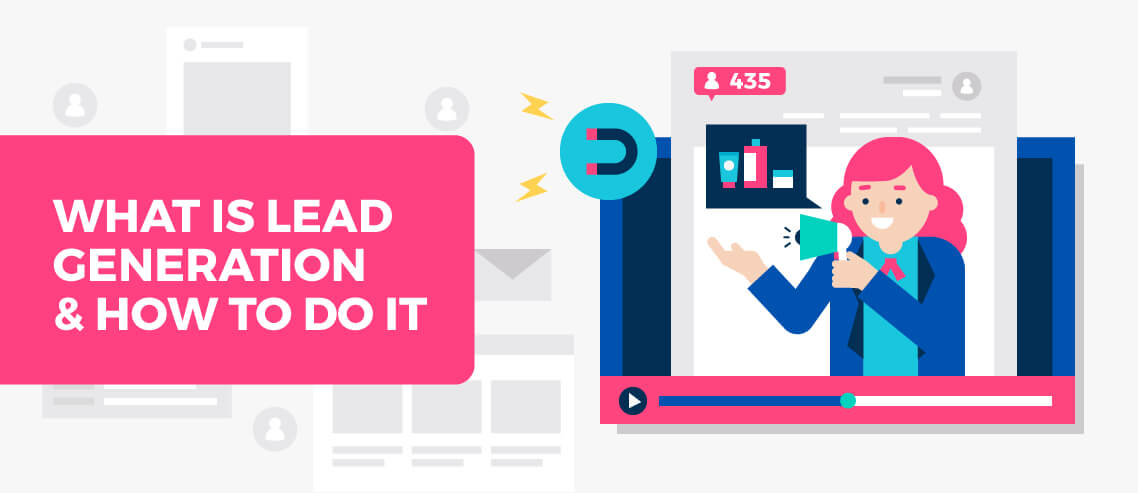5 Reasons Your Emails Fail That Have Nothing to Do with the Email Content

Contents
CopyHackers recently celebrated a 9% cold email reply rate.
In other words, they knew that number was really good.

Except, for one thing.
That’s a really low response rate.
And that’s why cold emails are notoriously believed to be ineffective. All of those cold emails fail for a variety of reasons.
Bad subject lines, heavy-handed sales pitches, and poorly-placed CTAs all contribute to a cold email campaign that does absolutely nothing for your business.
But the qualities of a terrible cold email don’t just show up in the content itself.
In fact, there are at least five reasons that cold emails fail that have nothing to do with the content of the email itself.
Here’s what they are.
1. You don’t follow up
I wish that every salesperson knew the importance of following up with prospects.
It’s easy to think that no response is equal to a “no thank you,” but that’s not the reality. Sometimes, people don’t respond because they’re busy, not because they’re uninterested.
Think about yourself. How often do you forget to reply to emails?
I’m betting that you forget at least once a week, but probably more.
This means that following up — especially when you don’t get a response — is critical for your cold emailing strategy.
If you’re not following up, you’re losing sales. Period.
Only a total of 20% of sales are made on the first, second, third, or fourth contact, and 80% are made on the fifth to twelfth contact.

This means that you should follow up at least 12 times with a prospect before throwing them by the wayside (of course, if they ask you to stop sending emails, then stop earlier).
And as you can see with the stats above, only 12% of salespeople contact prospects more than three times. With the above information, that’s a disheartening number of touchpoints.
Unfortunately, many salespeople assume that they’re just annoying the prospect, and they kill their cold emailing potential in the process.
But how you follow up is just as important as actually doing it.
You have two options.
- You can send a different email every time.
- You can send the same email every time.
Both of these strategies can work under different circumstances. The first is effective when you’re trying to create a newsletter-like feel with your cold email list. The second is effective when you’re actually pitching an idea, product, or service and you’re looking for a response.
To illustrate what the second looks like, I stole some emails from my buddy, Mike Blankenship, who’s a contributor at Success.
It all started when he sent this email to one of the editors.

After a week of waiting for a response, he hadn’t heard back, so he sent the exact same email to the exact same person again.
One more week passed, and he still hadn’t received a response. But persistent as ever, he sent the email a third time and waited one more week.
Another week passed, and he didn’t receive a response.
At this point, Mike was on the verge of giving up. It was a Friday, exactly one week from when he had emailed the article pitch to the editor for the third time, and he had decided to publish the article on his own LinkedIn blog.
That’s when this email hit his inbox.

And voilá, the article was published. Here it is.

If Mike had quit after the first, second, or third follow up, he wouldn’t have gotten this article accepted by his preferred publication. As it turned out, the editor did like the article; they were just too busy to send a response.
The same is often true of your prospects.
They receive a massive amount of emails every day, they read many of them but respond to only a few.
The only way you’ll crack through the clutter is by following up again and again as a reminder of who you are and what you’re offering.
2. You don’t consistently send cold emails
I once started a cold email campaign, sent around 40 emails, and gave up.
The result?
Two low-commitment responses.
The reality with cold emailing is that it sports a low response-rate, lower than almost any other email marketing method.
And that’s partly because the human attention span is lower than that of a goldfish.

Now, obviously humans are smarter and more capable than goldfish, so this study is a bit misleading.
The reality is that we have so much stuff going on in our lives today that focusing on any one thing for a significant period of time is a challenge.
As your prospects receive more emails, your cold emails become less important.
That’s the effect that an increase in attention-grabbing content has.
And business people receive an average of 115 emails every single day.

This illustrates why cold emailing consistently is critical to its effectiveness. Since people are increasingly less likely to respond to cold emails, the more that you send, the more replies you’ll receive.
Consistency is more important for cold emailing than any other email marketing methods. Create a schedule around cold emailing. Every day, send ten emails or 20 emails or 50 emails or pay someone to do it for you if you don’t have the time.
Cold emailing is worth the effort, but only if you’re sending a massive amount of them.
One study found a disheartening .03% response rate with its cold emailing strategy.
But instead of letting that percentage discourage you, just send more emails, recognizing that you’ll have to send X amount (50, 100?) before generating a high-quality lead.
If you build it, they will come. But only if you build it over and over again.
3. Your emails are going to spam
Perhaps the worst thing that can happen to your well-intended cold emails is getting caught in spam filters.
If this happens, you will send emails over and over again with consistency, follow up regularly, and receive absolutely no responses — or your response rate will simply plummet.
Mostly, spam filters are programmed to catch emails that are actually spam. And the filters do a good job of that, recognizing over half of all emails as spam.

But every day, spam filters flag emails that weren’t actually spam, they were just poorly put together.
And spam isn’t just coming from other countries like you might think. Just check out this map.

To avoid spam filters, you should do the following.
-
- Use an email header that is unique (include your company name, personal name, or something familiar to your audience).
- Don’t use salesy speech (such as “free,” “save,” “win,” or “congratulations”).
- Use a simple format (avoid using too many image files or background colors within your email).
- Use links sparingly.
- Personalize the “To:” field.
If you have a suspiciously low reply rate and you’re wondering if your emails are going to spam folders instead of inboxes, send a few tests to various email addresses with different providers.
That should quickly tell you whether or not your emails even have a chance of being seen.
If you get caught in spam, you have absolutely zero chance of reaching your prospects and growing your business.
Do whatever it takes to avoid that end.
4. You don’t have a system for handling leads
Another way to kill your cold email potential without touching the content is by sending emails without a strategy for following up with the leads that those emails generate.
It’s a nightmare in sales circles.
You send email after email after email, and your campaign is generating more replies than most cold email campaigns. But, like all business people, you’re really busy juggling employees and leveraging the next best marketing or sales strategy, so you don’t follow up with all of those cold email leads as quickly as you should.
With some of them, you don’t follow up at all. If you do, it’s at least a week until you get around to it.
But what’s the point of bringing in leads you’re not going to follow up with? Obviously, there’s no point.
You might want to have an automated process in place for accomplishing the lead follow-up or pay someone to do it for you if you’re not getting around to it like you should.

And while you’re at it, you might want to think about putting a system in place for asking each prospect for referrals since 91% of customers would give a referral, but only 11% of salespeople ask.

But the most compelling reason you should create a system for dealing with leads generated by your cold emailing campaign is that 35-50% of sales go to the vendor that responds first.

If you respond second, third, or last, you probably won’t get to work with the client. For that reason, make sure you compliment your cold emailing strategy with an equally compelling, effective, and streamlined follow-up strategy.
This can be as simple as setting up notifications on your phone that arrive when your campaign generates a lead, writing a pre-loaded, automated message that is sent when someone responds, or hiring a salesperson whose only job is to follow up with prospects the moment they show interest.
The faster you follow up with leads, the more clients your cold emailing strategy will generate and the less you’ll pay for each client.
5. Your prospect list is trash
There’s no cold-emailing factor that is more critical to examine than your list of prospects.
With a bad prospect list, your cold emailing strategy will have as much chance of success as a plane without wings. A vetted and qualified list is fundamental to the effectiveness of your cold emails.
If you’re not generating leads like you want to, then examine your prospect list to ask yourself these two questions.
- Are these people interested in my product or service?
- How do I know one way or the other?
To answer those questions, consider open-rate, click-through rate, and your overall connection rating with the prospect.
If they haven’t opened or responded to your emails after at least twelve follow-ups, it’s probably time to remove them from your contact list. If they open your emails but don’t respond, think about some different ways you might be able to take them that extra step.
A great way to leverage more personalized emails is through segmentation. Across the board, email segmentation receives better results than its shotgun-blast counterpart.

To segment effectively, send low-committal prospects free pieces of content. If a prospect seems to be more interested in your product, send them a blatant pitch of what you offer and then follow up at least 12 times before quitting.
Another way to add prospects to your email list is through social media outreach. You can use tools like Socedo to retarget your list or find new contacts altogether.
Socedo allows you to add audience criteria.
Then you can determine how you’d like to engage with people that the software finds.
And pull from an automatically generated list of prospects.
The point is that you should constantly be updating your prospect list instead of just emailing to the same old unresponsive group of people.
If your list of people isn’t interested in your product or service, then you have absolutely no chance of increasing business revenue with your cold email campaign.
On the other hand, find and email the right people and your response rate will consistently bring in clients like you’ve always hoped it would.
Conclusion
Cold emails aren’t exactly the cream of the email marketing crop. They’re difficult to send, difficult to get responses from, and difficult to receive.
For many businesses, they are ineffective.
But they don’t need to be.
By following up at least 12 times, consistently emailing new prospects, avoiding the spam filter, streamlining your system for handling incoming leads, and cleaning your list of prospects, you can leverage all of the potential that cold emails have to offer.
After all, no other sales method can connect you with hundreds, thousands, or even millions of people at one time on a personal level.





